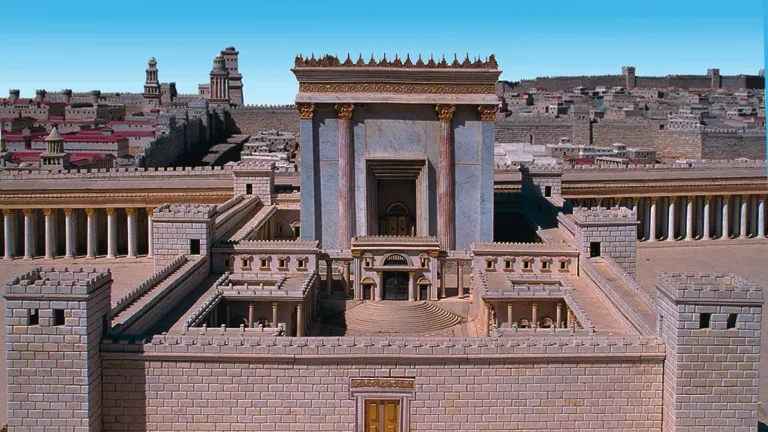The Tearing of the Temple Veil

Why was this event so important that three of the Gospel writers mentioned the tearing of the Temple Veil?
Matthew records several events that took place at Christ's death. One that initially seems insignificant, but was a symbol of major importance, is found in Matthew 27:50-51: "And Jesus cried out again with a loud voice, and yielded up His spirit. Then, behold, the veil of the temple was torn in two from top to bottom."
What did this mean, this event that was so important that three of the Gospel writers mentioned it?
The temple was divided into two portions, an outer room called the Holy Place in which a number of priests served, and an inner room called the Most Holy Place or Holy of Holies. This inner room represented God's presence. It was so sacred that the only person allowed in was the high priest, and then only on one day of the year to make atonement for the sins of himself and the people.
This sacred room, the Holy of Holies, was separated from the rest of the temple by an elaborate and beautifully embroidered curtain. According to Jewish descriptions of the temple, this curtain was truly massive—measuring some 30 feet wide, 60 feet high and three inches thick. Its tearing in two from top to bottom at Jesus' death was a shocking and bewildering event! How could God let something like that happen within His temple?
Yet God was not only behind this, He deliberately tore the curtain to make a point—that mankind's sins, which had cut us off from Him (Isaiah 59:2), could now be forgiven through Jesus Christ's shed blood.
Comparing how the high priest had previously only been able to pass through the curtain once a year to offer atonement for sins, Hebrews 10:19-22 explains that a new High Priest, Jesus Christ, through the sacrifice of Himself superseded this ritual for all time and gives mankind direct access to God:
"Therefore, my friends, since we have confidence to enter the sanctuary by the blood of Jesus, by the new and living way that he opened for us through the curtain (that is, through his flesh), and since we have a great priest over the house of God, let us approach with a true heart in full assurance of faith, with our hearts sprinkled clean from an evil conscience and our bodies washed with pure water" (NRSV).
The lesson for us is that, following heartfelt repentance, we can "come boldly to the throne of grace, that we may obtain mercy and find grace to help in time of need" (Hebrews 4:16). Because of Christ's sacrifice, we enjoy direct access to the throne of our merciful, loving Creator.







